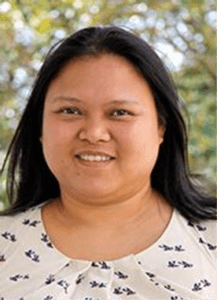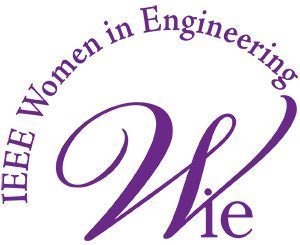 My research is in observing atoms, and analysing how they are structured in a material using computer programs. I use this information to determine the structure of a material and how the structure relates to the material’s properties. These “structureproperty relationships” are used in conceptual maps to understand what types of materials we have now, what we need in the future, and where we haven’t explored yet. The secrets of never- before-seen technologies can be unlocked by novel materials with unique properties.
My research is in observing atoms, and analysing how they are structured in a material using computer programs. I use this information to determine the structure of a material and how the structure relates to the material’s properties. These “structureproperty relationships” are used in conceptual maps to understand what types of materials we have now, what we need in the future, and where we haven’t explored yet. The secrets of never- before-seen technologies can be unlocked by novel materials with unique properties.
The road to getting to where I am now hasn’t been straightforward for me. When I was in Year 8 at Fort Street High School in Petersham, I won a medal from the Australian Schools Science Competition for attaining a 100% score. At that moment, I knew I wanted to become a scientist.
I studied hard for the HSC to earn the marks required to enter the University of Sydney. Initially I wanted to do a Bachelor of Liberal Studies as I was passionate about science and languages, but after discussing with my mother about the relative benefits of doing such a demanding course, I decided to change to Bachelor of Advanced Science and pursue the science part.
I started off doing the traditional science courses in first year: Maths, Biology, Chemistry, and Computer Science. I became passionate about Computer Science, and studied that for the remainder of my Bachelor degree. My honours thesis was about improving methods for fingerprint recognition, and I presented my work at international conferences.
I worked at IBM Australia as a software engineer for four years from 2002. In 2004, I started to regain my interest in science by researching renewable energy technologies in my spare time. It was during my research that I learned about nanotechnology, and the potential it had for changing the world. I enrolled in a Bachelor of Nanotechnology at UNSW in 2005, but I only completed one semester due to personal reasons.
At around September 2005, I went to a postgraduate evening at the University of Sydney. This is where I first heard about Atom Probe Tomography, which is a microscopy technique for observing individual atoms. I was surprised that such a technique existed, and it captured my imagination! I decided to join the Australian Centre for Microscopy & Microanalysis at the University of Sydney to study for my PhD, and I resigned from my permanent job at IBM.
It took me five years to complete my PhD, some portion of it part-time. I was fortunate enough to be part of a departmental culture that welcomes diversity, whether it’s our cultural background, our academic background, or even our crazy ideas! It’s a type of culture that I like to be a part of, and that I like to cultivate with the people I work with, even today.
After I completed my PhD, I stayed at the University of Sydney as a postdoctoral research associate. Back then, I thought that once I finished my PhD, I would have reached the ultimate goal. What I have realised over the past six years of working as an academic, is that the PhD is just the beginning of my journey, and that there will always be goals to attain. One of my current career goals is to become a professor at an Australian Group of Eight University, and part of that journey is to develop my leadership capabilities.
Although it took a meandering path to get here, I am a professional researcher in engineering, which uses science every day. What I didn’t realise, back in Year 8, was that being successful in research isn’t only about technical prowess. It’s about the professional relationships I build with people, and the strengths I build in working in a team to get to a goal that I would not have achieved by myself. As a woman in engineering now, I would have told my 14-year-old self that my skills and talents in constructively relating to people would be one of my greatest assets.

